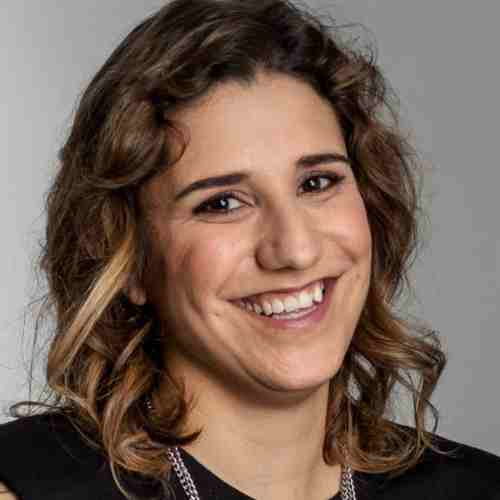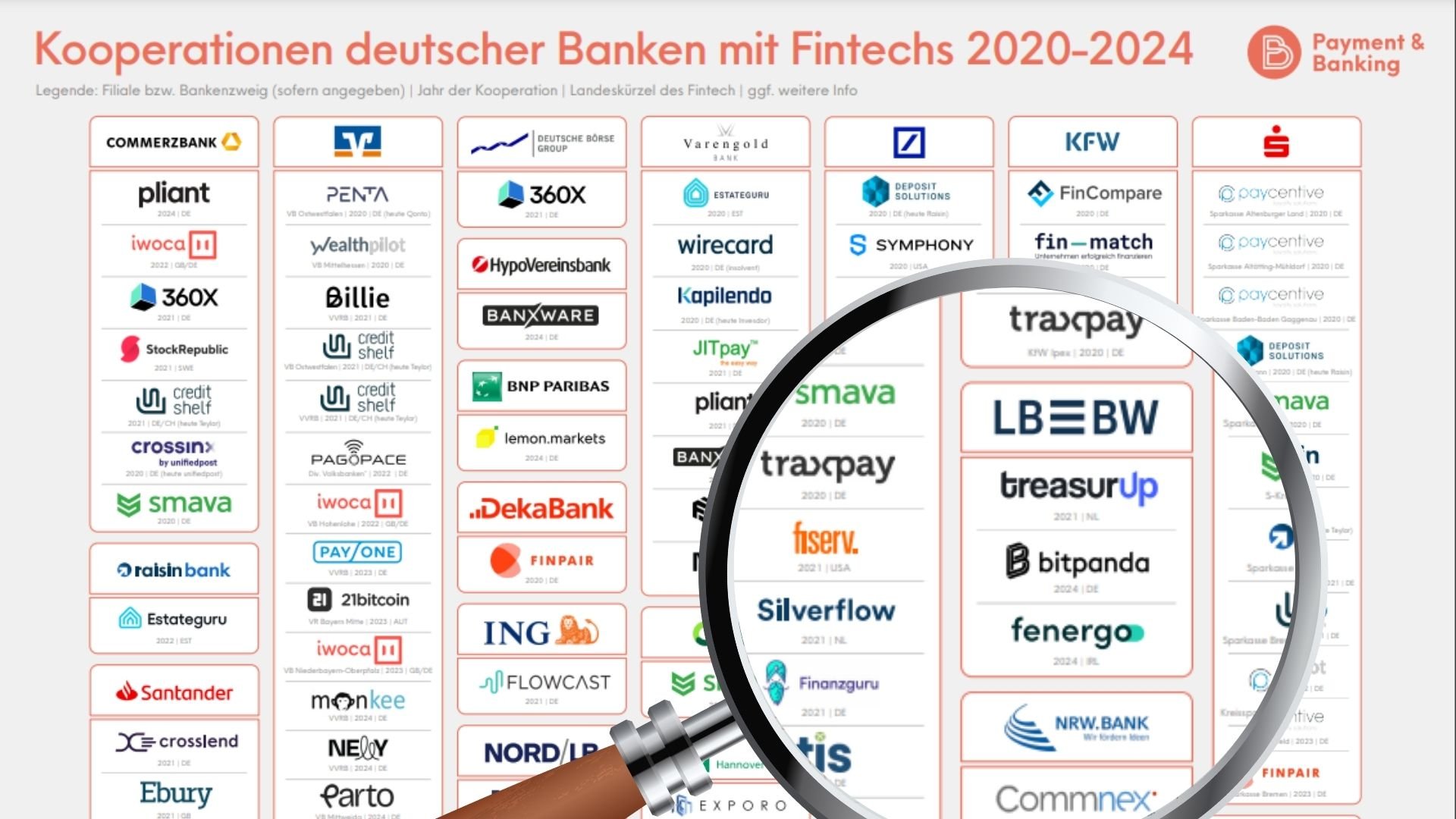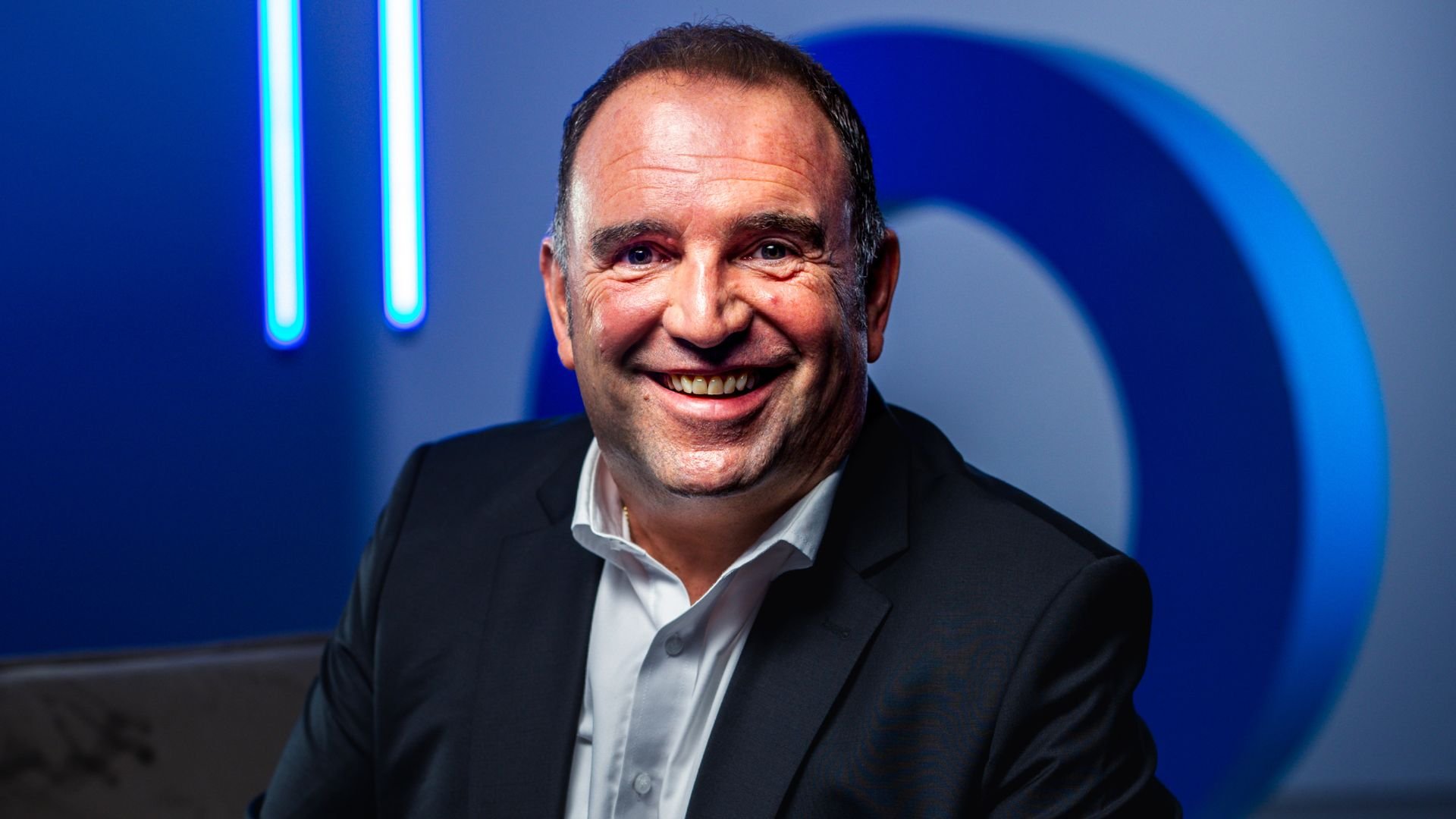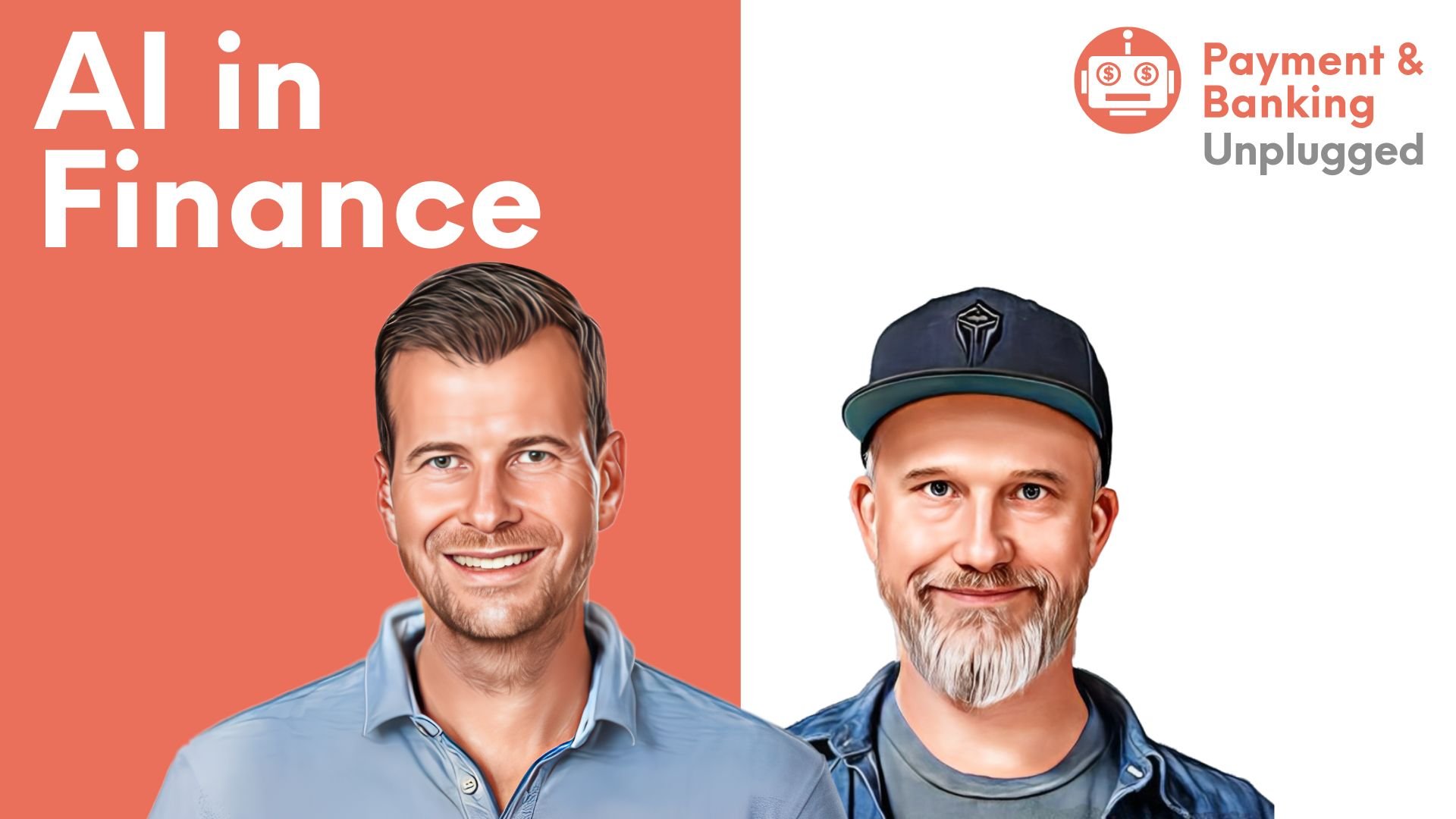Triple Gender Gap in unserer Branche dreifach zu: kaum Frauen auf Vorstandsebene, kaum Frauen unter den Gründern von Fintechs und Finanzdienstleistern und Frauen nutzen Bank- und Finanzprodukte weniger häufig als Männer. Selbst in unserer ach-so-innovativen Fintechbranche, die auf der Hetzjagd nach unerschlossenen Märkten, erreichen die Produkte nur jede fünfte Frau (und ein Drittel der Männer). Nicht-binäre Menschen wie immer unsichtbar in diesen Datenerhebungen.
Dabei bilden Frauen die mit Abstand größte unterversorgte Kundengruppe im Bereich der Finanzdienstleistungen: 700 Milliarden US-Dollar beträgt das unausgeschöpfte Ertragspotenzial rund um „Women in Finance“ laut Oliver Wyman.
Daten werden nicht erhoben
Für eine Branche, die seit Jahren stagniert, eigentlich ein attraktiver Markt sein, besonders, weil Frauen Studien und Berichten zufolge ihre Kredite besser pünktlich zurückzahlen, defensiver (und damit erfolgreicher) investieren und weniger häufig in Verzug geraten als Männer.
Stattdessen? Abwinken bei den – Überraschung – vorwiegend männlichen Bankern und Fintech Managern. Produkte seien natürlich für jedermann, Verzeihung, jederMENSCH zugänglich, somit auch für diese Nischen der …na, … wie hießen die noch gleich, diese…äh? … ach ja, Frauen. Die Produkte sind für alle da und man freue sich, dass die Produkte in der Gesellschaft so gut angenommen werden. Wie gut? Darüber gibt es leider keine Auskunft. Als Person mit 14 Jahren Banking & Fintech auf dem Buckel kann ich euch im Vertrauen sagen: weil diese Daten selbst intern überhaupt nicht erhoben werden.
Werbephrasen zielen auf Männer ab
Wer, welche Produkte wie, wann nutzt und welche Gemeinsamkeiten und Unterschiede existieren, wird gar nicht erst ausgewertet. In Zeiten von Big Data und angeblich individuell maßgeschneiderten Finanzprodukten ein Armutszeugnis. Und so bedeuten die großen Slogans wie: Gemeinsam wird mehr erreicht, Wünsche werden Wirklichkeit, Bank an Ihrer Seite, #Positive Impact, Deutschland bankt neu, usw. im Großen und Ganzen „jedenfalls, wenn ihr Männer seid“.
„Unsere Produkte sind alle gender neutral!“, tönt es empört, während gleichzeitig selbstzufrieden ein Haken an das Thema „Diversity“ gemalt wird. Denn viel diverser als „für alle“ kann es ja gar nicht sein, das deckt nun wirklich vielfältige Bedürfnisse ab. Wenn das so wäre, müsste der Split der Nutzung ziemlich genau 50/50 bzw. 51/49 lauten. Dabei wurden Bankprodukte jahrelang nur für Männer und ihre Interessen gebaut, Frauen dürfen in Deutschland erst seit 1962 ein eigenes Bankkonto besitzen.
Gaps enden nicht vor der Filiale
Zu denken, die Sache sei damit erledigt, nur weil Frauen ab dann Zugang zu Produkten haben, die für eine komplett andere Zielgruppe gebaut wurden, ist komplett irrational: Frauen legen ihre individuellen Bedürfnisse und Situationen wie Gender Pay Gaps, Gender Pension Gaps nicht ab, wenn sie eine Filiale betreten oder Banking App runterladen.
In der Realität hat Feminist Finance gleich zwei große Probleme:
- Unsere Industrie baut vor allem Lösungen für Menschen, die sie nicht brauchen: Menschen, die bereits viel Geld haben.
- Frauen werden nach wie vor als Nische gesehen – in fast jeder Branche, weshalb weniger in Gründerinnen und Produkte für Frauen investiert wird.
Woanders ist man mal wieder weiter und so hat Joy Anderson schon 2002 in den USA das Criterion Institute ge- und das Konzept des gender-lens investing mitbegründet: hierbei wird vor allem in Unternehmen investiert, die Finanzinnovationen bauen oder unterstützen, von denne Frauen profitieren.
Frauen – etwa zu nischig?
In Deutschland sieht es da anders aus. Start-ups mit Fokus auf Frauen bzw. intersektionalem Ansatz wird Unterstützung vorenthalten, weil sie zu „nischig“ sind. Vitamin musste 2023 den Betrieb einstellen, weil die Investitionen fehlten. In einem Meer voller Neobanken und Neobroker, die sich weder in Ansprache, Zielmarkt oder Vorteilen unterscheiden und in denen In-Car-Zahlungen in wenigen Modellen eines Autoherstellers als „das nächste Level von Embedded Finance“ gefeiert werden, kann ein Fintech, das besonders Menschen, die bisher vom Finanzsystem nicht mitgedacht wurden, kein neue Funding Runde abschließen.
Frauen sind nicht die Einzigen, die zwar inzwischen Zugang zum Finanzsystem haben, aber weit weg von finanzieller Inklusion sind:
- Obdachlose,
- Geflüchtete ohne siebzig Trilliarden Dokumente,
- trans*,
- migrantisierte,
- staatenlose und arme Menschen
Und auch in all diesen Gruppen sind Frauen vertreten.
Frauen bringen Banken keine Kohle
Außerhalb unserer LinkedIn-Erfolgsbubble: 60 % aller Frauen erhalten eine Rente bis 900 Euro. Zum Vergleich: Bei den Männern sind es 29 %. 37 % aller Frauen erhalten sogar nur max. 600 Euro Rente. Grund: „Unterschiede in der Erwerbsbiographie“. Es ist statistisch also das ganze Leben nicht so viel Kohle da wie bei Männern. Und das ist der wahre Grund, warum Frauen nach wie vor vom Finanzsystem kaum bis gar nicht berücksichtigt werden: Banken halten sie fälschlicherweise für ein unattraktives Segment. Wir wollen diese Probleme gar nicht lösen, denn diese Menschen haben ja alle auch gar kein Geld. Wir wollen Wealth Tech und noch mehr Kohle von reichen Menschen. Warum kommt die Finanzindustrie nicht auf die Idee, dass es ihre historische Pflicht ist, dafür zu sorgen, dass bisherige Hürden abgebaut werden, damit ALLE Vermögen aufbauen können? Es ist mir ein Rätsel!
Es geht nicht darum, eine pink glitzernde Karte auf den Markt zu bringen. Kein Witz, es gibt wirklich nicht wenige Banker, die so denken. Auf dem Web Summit habe ich mal 37 CEOs und Vorstände von Banken und Fintechs gefragt, was sie davon abhält, sich gender-spezifischen Bedürfnissen zu widmen. Die am häufigsten genannte Antwort? Man habe Angst, dass man damit die männlichen Kunden vor den Kopf stößt. Das sagt einiges darüber aus, was diese Banker über ihre männlichen Kunden denken.

Fünf Lösungsansätze:
Die Beziehung zwischen Geschlecht (und Alter) und Bankverhalten ist real und komplexer als die Stereotypen und Klischees. Die Lösung ist denkbar einfach:
- Mehr Analysen der Bedürfnisse: verstehen, WARUM Frauen und bestimme Bevölkerungsgruppen Finanzprodukte weniger nutzen. Wer nutzt warum unsere Produkte? Wer nicht? Dazu gehört: diverse Besetzung von Produktteams und in Entscheidungsrunden. Denn Frauen sind nicht EINE riesige Nische, es gibt tausende von Profilen mit unterschiedlichen Bedürfnissen. Du investierst bisher nicht in einen ETF [oder beliebiges anderes Werkzeug] – was hält dich davon ab?
- Bessere und transparente Produkte lassen sich mit diesem Wissen bauen und vermarkten, Produkte und Services, die WIRKLICH auf unterschiedlichste Situationen zugeschnitten sind und einen echten Mehrwert bieten. Oh, du gehst in Elternzeit? „Hier ist ein Sparprodukt, mit dem deine Partnerperson und du einen fairen Ausgleich für die Rentenversorgung schaffen könnt.“ Funktioniert wesentlich besser als die schreiende Check24-Familie oder Marketing rund um Status und teure Uhren oder Autos.
- Bildung, Bildung, Bildung: Finanzbildung, niedrigschwellig und dank moderner Technologie in allen möglichen Sprachen – besonders aber in leichter Sprache. Als Finanzindustrie verwalten wir Geld nicht nur. Wir können als Branche maßgeblich beeinflussen, ob wir uns in 10 Jahren immer noch Studien zu minimal geschrumpften Pension Gaps anschauen müssen oder ob sich endlich mal was ändert. Und wir können über Hypersensibilisierung steuern, dass das notwendige Wissen immer dann vermittelt wird, wenn es gebraucht wird. Hey, du studierst, hierauf musst du bei der Finanzierung achten; Hey, du arbeitest, schau mal hier, der Pay Gap, das kannst du für dich selbst tun; du wirst heiraten oder eine Kinderwunschbehandlung starten, rechne mit folgenden Kosten und so kannst du sie absetzen, finanzieren, wasauchimmer.
- Lobbyismus: Finanzinstitute müssen bestehende Begehren wie zum Beispiel die Abschaffung des Ehegattensplittings unterstützen und mutig neue Modelle entwickeln, die ihrer GESAMTEN Kundschaft zu mehr Wohlhaben verhelfen und sich öffentlich und politisch dafür einsetzen.
- Für KundInnen und InvestorInnen gilt: Nur noch die Banken unterstützen, die das verstanden haben. Auch als Privatpersonen, Angel InvestorInnen und VCs können wir etwas bewegen.
Das Bedürfnis ist da. Der Business Case ist da. ALLE profitieren. Nur die Borniertheit deutscher Banker (Fintechs mitgemeint) steht im Weg.
Ändern wir das.
In dieser Reihe bereits erschienen:





